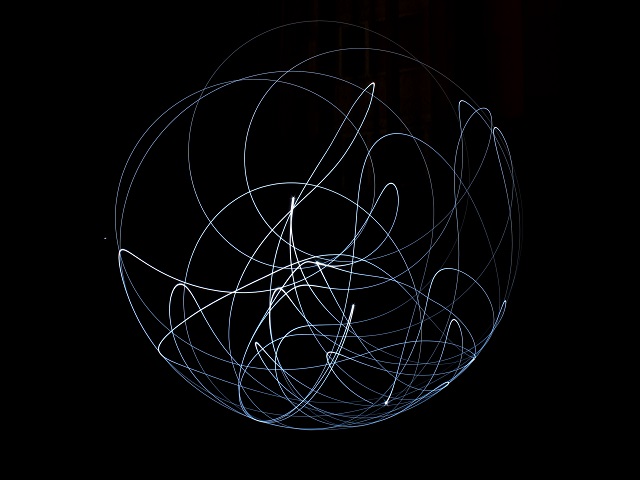Our favourite ‘ologies’ following World Maths day.
This article is best suited to secondary school students to demonstrate some careers and study areas in mathematics. It could be used to highlight crossovers between maths and other subjects as well as how important maths is in society to understand things like the spread of disease and the growth of babies.
At the bottom of this article, you will find downloadable posters for use in your classroom.
Word Count: 568

Mathematics is massive area of study – from statistics, to probability, to chaos. It’s a wide world, which means there are also some odd jobs and areas of study that fly under the big umbrella of numbers.
In celebration of World Maths Day which is on 5 May each year, here around some of the quirky areas of maths that astound us.
Googology
Googology is the study of the number googol (1.0 × 10100), or study of very large numbers. A googologist might help name really big numbers, and they get to apply a lot of creativity to naming things. By way of example, take a look at Wompogulus and Meameamealokkapoowa oompa.
One googol
10,000,000,000,000,000,000,000,000,000,000,000,000,000,000,000,000,000,000,000,000,000,000,000,000,000,000,000,000,000,000,000,000,000.
Googology is not to be confused with Googleology, the study of Google and other search engines.
Chaology
Chaos theory is often called the butterfly effect and is an extremely important study that helps us predict the seemingly unpredictable. Chaos is all about dynamical systems that appear random and disorderly but at actually adhering to some very complex patterns and laws that are dependent on starting conditions.
Chaologists help predict weather patterns, how ecosystems handle new species and COVID-19 modelling. It can even be applied to make pretty art.
Monsterology
Not monsters, per say, but the Monster group of numbers, an area of abstract algebra. This is the highest-order sporadic group and sits outside of the four infinite families of finite simple groups – and is therefore anything but simple.
It’s essentially part of grouping theory, but these groups don’t have a systematic pattern. All of which means it’s highly complex and therefore really difficult to constructively define.
“The number of elements is 8080, 17424, 79451, 28758, 86459, 90496, 17107, 57005, 75436, 80000, 00000 = 246.320.59.76.112.133.17. 19.23.29.31.41.47.59.71, about equal to the number of elementary particles in the planet Jupiter”
Richard E. Borcherds “What is… The Monster?”
Since I can’t explain it, this is what Richard E. Borcherds, who is into this kind of thing, says:
“So the question ‘What is the monster?’ now has several reasonable answers:
1. It is the largest sporadic simple group or alternatively the unique simple group of its order.
2. It is the automorphism group of the Griess algebra.
3. It is the automorphism group of the monster vertex algebra. (This is probably the best answer.)
4. It is a group of diagram automorphisms of the monster Lie algebra.
Promorphology
Now we move into biology, or at least a nice collision between biology and mathematics. A promorphologist looks at biology through a mathematical lens. For example, they might look at the geometry of cell division in embryos, which can inform us about the chemistry and balance of how babies grow.
This is a fun one because it really demonstrates that maths is literally everywhere and is a part of our lives even before we’re born.
Metrology
Measurement is fantastically important in and out of science, and metrologists study, refine, simplify and maintain measurements to helps us all understand each other.
The International Bureau of Weights and Measures (BIPM) defines the study as “the science of measurement, embracing both experimental and theoretical determinations at any level of uncertainty in any field of science and technology”.
The science of measuring things looks at the practical application of maths and tries to keep things standardised to avoid confusion and promote literacy. They like all sorts of measurements, from time, distance and weight, to parts per million of salt in tap water.
This article is republished from Cosmos. Read the original article.





